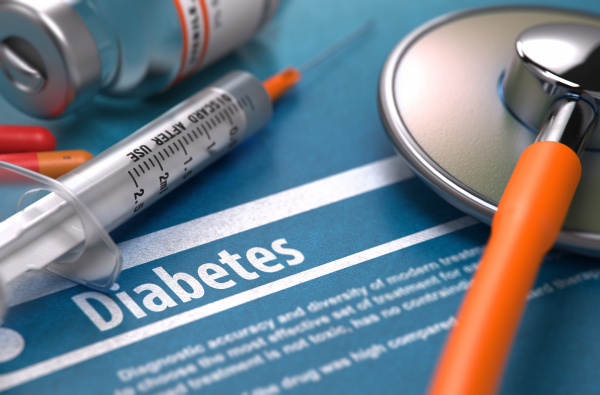Abbott has announced that its new FreeStyle Libre 2 Continuous Glucose Monitoring system has arrived in Australia and highlighted the fact few people have funded access to the technologies
The company said the FreeStyle Libre 2 is available for use by adults and children (4 years and older) using insulin. It said the technology is the same price as the original FreeStyle Libre Flash Glucose Monitoring system.
Diabetes is a lifelong condition that requires regular glucose monitoring. Traditionally, people living with diabetes are required to prick their fingers and draw blood several times each day to monitor their glucose levels.
The new device enables people with insulin-requiring diabetes (including type 1 and type 2 diabetes) to avoid these routine finger pricks and check their glucose levels by hovering a smartphone over a small sensor on the back of their arm.
Bluetooth technology allows FreeStyle Libre 2 to offer optional and customisable alarms for when glucose levels are too low and high.
In February 2020, the company said health minister Greg Hunt announced the original FreeStyle Libre would be funded for around 58,000 people living with type 1 diabetes through the National Diabetes Services Scheme. That subsidy is only available to people with type 1 diabetes who are actively trying for a baby, pregnant or breastfeeding, or individuals who have concessional status or people under the age of 21.
Those who are not eligible for the subsidy are forced to spend $2,400 out of pocket each year to use the technology.
Professor Margaret McGill, a Sydney-based diabetes clinician, had the opportunity to offer FreeStyle Libre 2 sensors to some of her patients with diabetes ahead of its launch.
“I've had feedback from patients who have said it's so reassuring for them. It's given them confidence. Fear of hypoglycaemia, especially at night, is quite common and this technology gives people confidence and reassurance as the alarm will alert them to a potential problem and they can deal with it before it becomes an issue," said Professor McGill.
Professor McGill also highlighted the impact of diabetes on the mental health of patients. “The regimen that we ask {people with diabetes} to undertake is quite gruelling. Thinking about their blood glucose levels, thinking about what they're going to eat, thinking about how much carbohydrate is in that meal, how are they going to exercise today? How will that impact on their glucose level? It's a constant 24 hours a day, seven days a week, every day of the year.
“Something like FreeStyle Libre 2 allows {people with diabetes} to very easily register a glucose level without much effort at all.”
The FreeStyle Libre also means healthcare professionals can remotely access their patients’ glucose data. When a smartphone is hovered over the sensor, glucose readings are gathered by the FreeStyle LibreLink app and are instantly shared with a cloud-based platform that doctors can securely access to review the data called LibreView.
Professor McGill added, “As a clinician, I can access all my patient's information on my computer. And so, we can have a really helpful interaction via telehealth and have a terrific clinical consultation because I can see their glucose results.”
